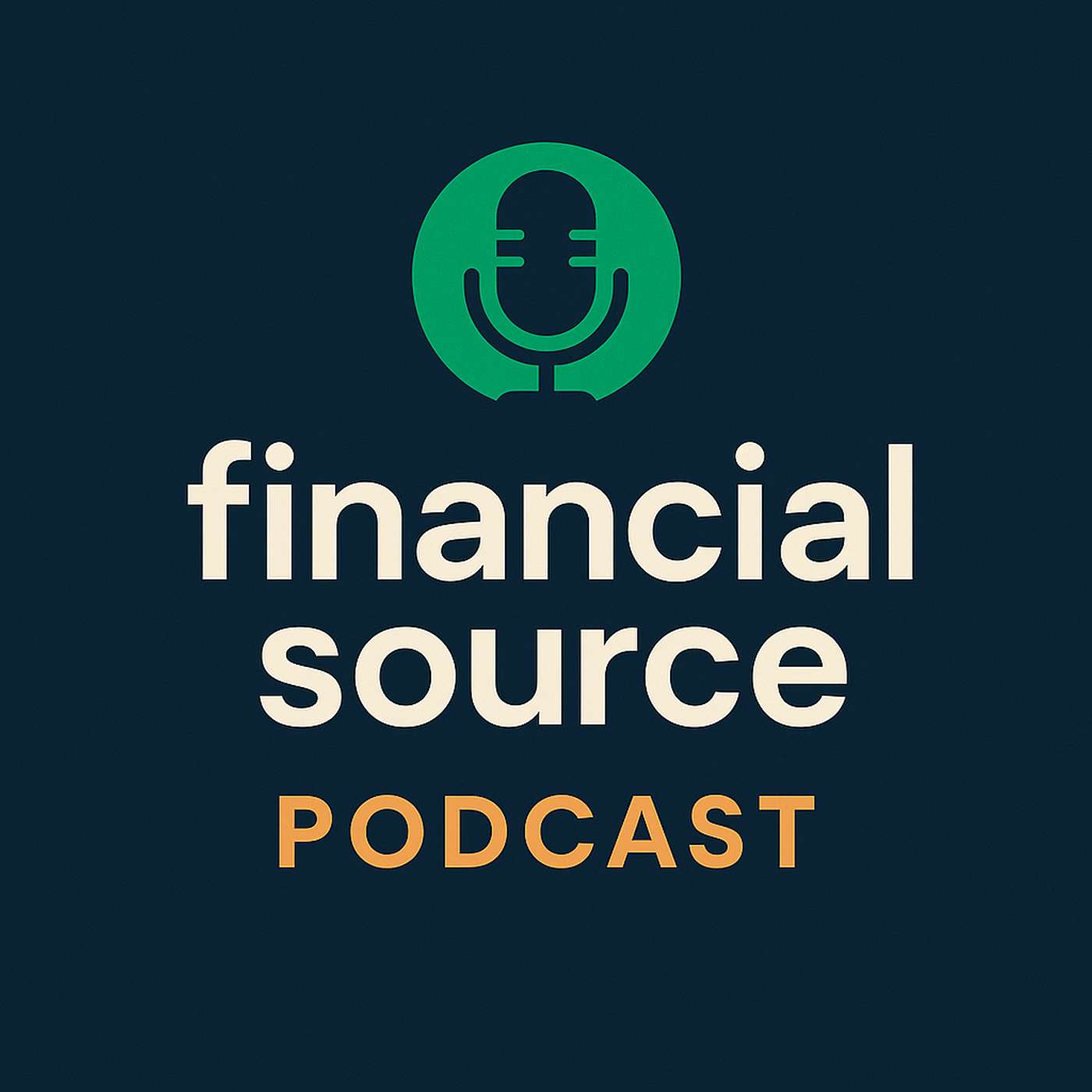Listen "Markets Slide, Tech Cracks, Oil Falls, and Geopolitics Heat Up Date: London Session Update, November 5"
Episode Synopsis
This episode dissects a turbulent week in global markets defined by a deepening “risk-off” mood. Listeners are taken inside the mechanics of a sharp tech-led equity selloff, the dollar’s surge above the 100 mark, and the growing strain from overlapping geopolitical flashpoints. The discussion reveals how fading hopes of Federal Reserve rate cuts, persistent political gridlock in Washington, and synchronized stress across energy, trade, and commodity markets are converging into one of the most complex macro backdrops of the year.00:06.96 — Market Overview and Current Sentiment: The episode opens with a snapshot of broad market fragility. Global risk sentiment deteriorates sharply as tech-heavy indices tumble and investors retreat into defensive assets. The hosts outline how the U.S. government shutdown—now tied for the longest on record—compounds macro uncertainty just as crucial economic data looms. With the U.S. dollar firming and rate-cut hopes collapsing, markets are shifting decisively into preservation mode, signaling an end to the complacent summer rally.01:06.48 — Equity Market Analysis: This section examines the anatomy of the equity selloff. Tech names like Palantir and Nvidia fall hard despite decent earnings, exposing how fragile growth valuations become under a “higher for longer” interest rate regime. The hosts explain how the fading probability of Fed easing has repriced future cash flows and triggered structural de-risking across growth sectors. Defensive plays in utilities and healthcare outperform, while cyclicals and high-beta names suffer steep losses—underscoring a global shift toward risk aversion rather than mere profit-taking.03:26.38 — Currency Market Dynamics: Attention turns to FX markets, where the “fear trade” is fully on display. The dollar index (DXY) surges past 100, not because of U.S. economic strength, but due to global risk aversion and postponed Fed rate-cut expectations. The euro and sterling weaken amid sluggish regional data and fiscal unease, while safe-haven flows consolidate into the dollar and yen. The hosts emphasize that political dysfunction in Washington—the prolonged shutdown and fiscal uncertainty—ironically reinforces dollar demand, illustrating the paradox of U.S. assets as both risk and refuge.04:51.60 — Impact of Political Uncertainty on Economic Data: This chapter unpacks how political paralysis is warping both market expectations and data interpretation. Traders await key ISM and ADP figures, with many paradoxically hoping for weaker results to pressure policymakers into compromise. The conversation links this to a looming Supreme Court case on U.S. tariff powers that could rewrite decades of trade precedent, creating enormous uncertainty for supply chains and global manufacturers. The hosts highlight China’s selective tariff concessions as part of a cautious recalibration that still leaves businesses struggling with policy unpredictability.06:51.58 — Commodity Market Pressures: The focus shifts to the commodities complex, where oil’s plunge below $60 a barrel sends shockwaves through energy markets. The hosts explain why this price point is psychologically and operationally crucial for U.S. shale producers, signaling potential future supply cuts. A large crude inventory build adds to bearish sentiment, while gold and copper also retreat—evidence that the current “flight to safety” favors the dollar and Treasuries over traditional hedges. The discussion widens to Saudi Aramco’s pivot toward natural gas and lithium, a strategic shift suggesting that even legacy producers are preparing for a post-crude future.09:06.63 — Geopolitical Tensions and Their Market Impact: Here the conversation broadens into global conflict risks driving volatility. The hosts detail flashpoints across Eastern Europe, the Middle East, and Latin America—from Ukrainian drone strikes on Russian refineries and renewed Gaza tensions, to potential U.S. escalation against Venezuela. Each region contributes to a mosaic of geopolitical instability that directly affects commodity prices, shipping lanes, and investor risk premiums. The section underscores how these concurrent crises elevate global uncertainty to levels unseen since early pandemic-era disruptions, pushing capital toward safe havens and away from emerging markets.12:03.66 — Future Implications for Investors: The episode closes with a forward-looking synthesis of the macro picture. Persistent volatility, geopolitical fragmentation, and tightening financial conditions create an environment where defensive positioning and liquidity awareness are paramount. The hosts pose a provocative question: does Saudi Arabia’s pivot toward transition materials hint that even oil giants foresee peak crude demand approaching sooner than markets assume? Listeners are left with a clear message—adaptation, diversification, and vigilance are now essential as global markets navigate a new phase of structural uncertainty.Follow the Financial Source Podcast for sharp, data-driven perspectives on macro trends, geopolitical shifts, and the forces shaping tomorrow’s global markets.
 ZARZA We are Zarza, the prestigious firm behind major projects in information technology.
ZARZA We are Zarza, the prestigious firm behind major projects in information technology.
